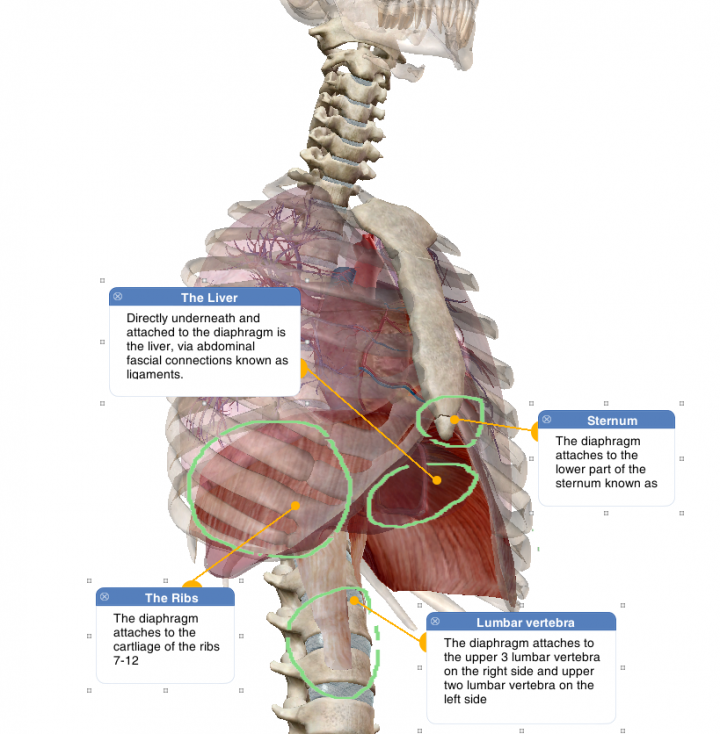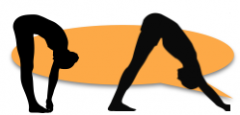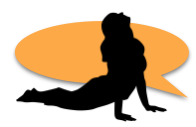12 symptoms linked to right sided shoulder pain.
- Filed Under Visceral Manipulation, Yoga Anatomy
- Posted Tuesday, January 6th, 2015
- Author Graham
Some surprising symptoms that can sometimes be linked to right sided shoulder pain or injury.
Most of us have experienced right sided shoulder pain at some point but what if it keeps coming back, why is that? Perhaps you’ve tried going to a physical therapist to have the muscles and joints treated to only have it come back with a vengeance a few days later?
Here is a fresh perspective as to why you’re right sided shoulder pain is not going away and how seemingly unrelated symptoms are actually a part of the same problem.
- Restriction and tightness at the junction of the head and neck.
- Stiffness in the mid neck.
- Restriction through the thoracic spine vertebrae T7-T10.
- Restriction in breathing and movement through lower ribs 7-10
- Sciatic pain in the hip or back of the leg

- Hamstring tightness
- Chronic tiredness
- Sleep that doesn’t seem restful
- Headaches
- Stomach bloating or abdominal distention
- A lack of core support
- Constipation
- Depression
The Anatomy
The shoulder is a non fixed joint and this allows for a greater degree of movement, however when there are problems related to the shoulder joint the muscles can become
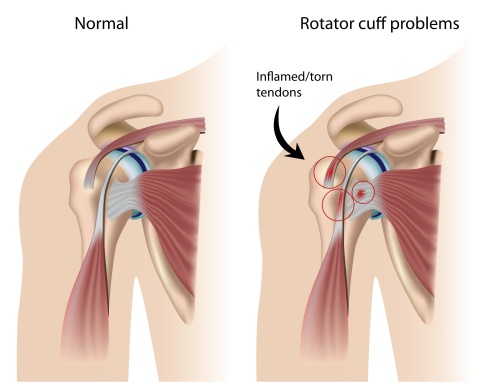
The rotator cuff is where the upper arm (humerus) bone joins the shoulder blade (scapula). There are a group of muscles which make up the rotator cuff and help shoulder joint stability. These muscles and tendons are prone to pain and injury if the shoulder isn’t able to move easily, however they are quite often the messenger of a problem coming from somewhere else in the body. From my many years experience as a yoga teacher and physical therapist I have observed that often the real cause of the problem originates from lower down in the body.
Shoulder pain explained
Pain is a signal that something is not right in the body. We tend to think that the site of pain is where the problem lies but more often than not we are experiencing a strain in the muscles and tendons as a result of restriction elsewhere. In rotator cuff pain the shoulder joint migrates towards that restriction and increases tension on the muscles and tendons.
Treatment of the rotator cuff or stretching of that area doesn’t have any lasting effect because it does not deal with the cause of the problem, if anything it will just aggravate it more because the restrictive tension in the shoulder is serving a purpose, to stop you from over using it. The body is smarter than we give it credit for and it is trying to protect itself.
Joint and muscle restriction – a test for yourself
From my many years of teaching yoga and clinic work as a remedial therapist I have noticed there is often restrictions in the middle to lower part of the Thorax (mid back) when people are experiencing shoulder or neck pain. You can test this out on yourself through these basic movements, forward bend of the upper back – or slouching. How well do each of the vertebra move?, do you get stuck in the lower part of the thorax or upper back?
How well do you back bend? Again test for restriction around the middle to upper back.
Twisting, how well do each of the vertebra rotate through the back?, is there a reduction in movement through the mid back?, if so more one side than the other?
Why is that?
The Trapezius muscle could have some part to play as it has attachments to the shoulder and the mid back as shown below, however I have found that treating the muscle and joints alone is rarely enough to make a lasting change. More often than not there is something affecting spinal movement and muscle tension deeper within the body.
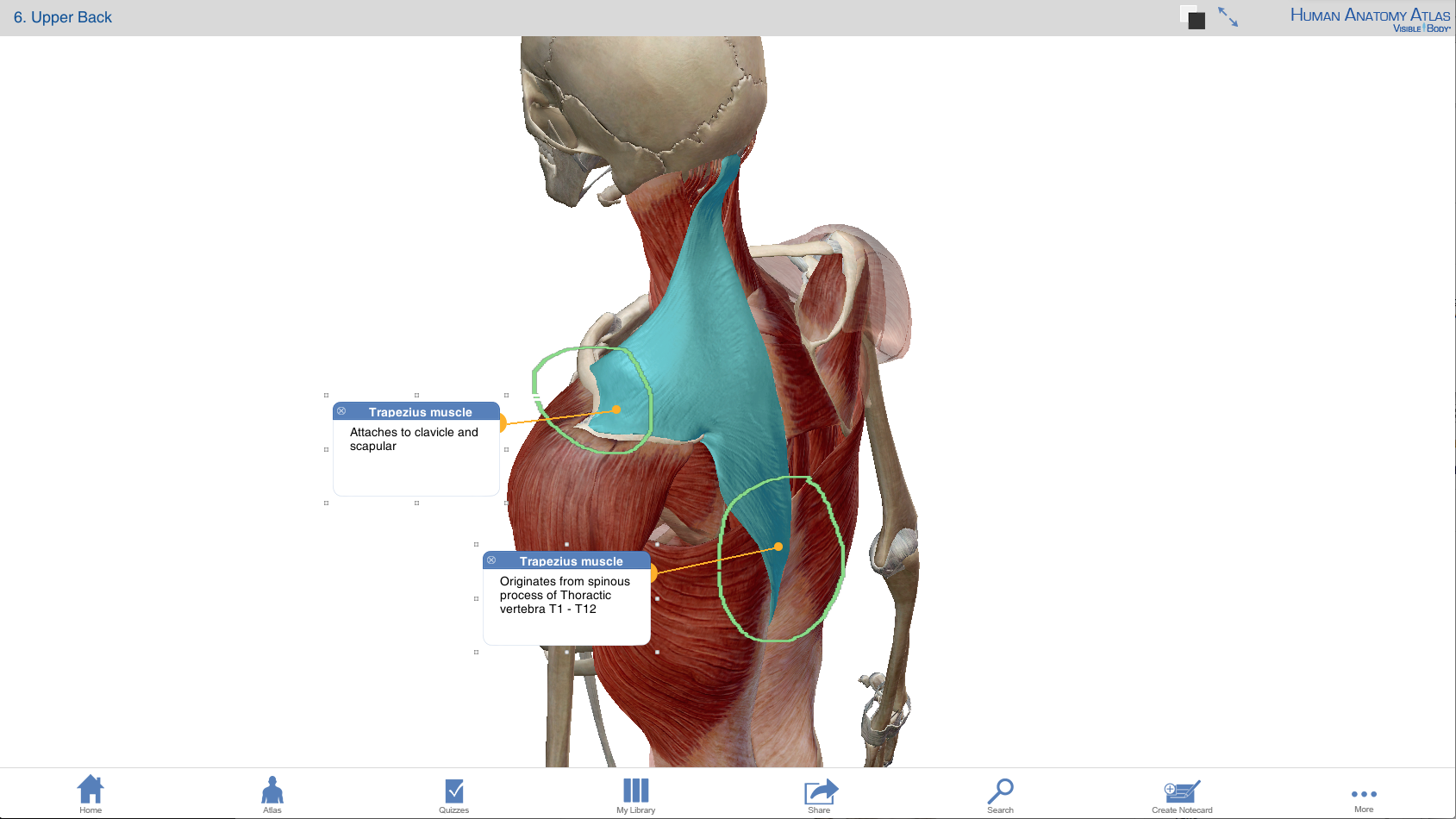
trapezius muscle attachments
Image taken from www.visiblebody.com
The diaphragm – beyond the muscles and joints
If there is reduced spinal movement in the middle back then it is quite likely that there is some tension through the diaphragm which attaches to the lower ribs, the top of the lumbar spine and the lower part of the sternum (chest bone).
Pranayama or breathing exercises may help to reduce the tension of the diaphragm which can free up movement to the mid spine and reduce tension of the shoulder muscles.
However, if you find that there is no change 30 minutes into your yoga practice or the pain and restriction just comes back after your practice then it is a good idea to investigate further to see what else is having an effect on the anatomical relationships of the shoulder joint, trapezius muscle, spine and diaphragm.
The missing link to successfully improving right shoulder pain or restriction
Most people, and a lot of therapists limit there investigation to the muscular and skeletal parts of the body, which is understandable as these are the parts involved in our conscious movement, but they are not the only parts of the body that affect our movement. According to some research 90% of muscular and skeletal restrictions comes from deep visceral (organ) – facial (connective tissue) attachments that have an intrinsic effect on posture and bio-mechanical movement. Quite often it is these attachments that are the gateway to unlocking complex fascial restrictions in the body which help to improve muscular function and create positive changes in posture.
To make effective, lasting change to the shoulder it is essential to deal with the whole relationship of the problem. This could be a number of different components but very often the problem lies in the relationship between the;
- Shoulder
- Trapezius muscle
- Spine
- Diaphragm
- And the liver.
The Liver – maybe the root of the problem
The liver is a massive organ that attaches directly to the diaphragm in a number of places and is innervated from nerves that stem from the mid – lower thoracic spine T5-9. Understanding the visceral attachments helps us build a more realistic 3 dimensional model of what could be affecting our movement and creating our symptoms. It also helps us to understand why, just treating and working on the joints and muscles alone, may only give us temporary relief.
Did you know – during an hour and half yoga class approximately 135 litres of blood is pumped through the liver, it is a hefty and important part of the body which moves in conjunction with the diaphragm but also by itself. Restriction of liver mobility can cause excessive tension on the diaphragm movement and consequently tension on the thorax and shoulder.
A shameless plug of a recent success story I had. I have recently been working with a lady who was in a huge amount of pain with a frozen shoulder (when the shoulder becomes so stuck and painful there is virtually no movement). She was unable to lift her arm more than about 20 degrees from her waist for 9 months. She had physio to treat the shoulder joint and muscles but it only had a temporary effect and her GP and consultant suggested that she have surgery. After an initial treatment working on releasing tension of the Liver ligaments to her diaphragm and ribs she regained 60-70% movement which was life changing for her.
“Graham unlocked the problem after 9 months of suffering and getting depressed about lack of any improvement. I’m feeling really good after 3 sessions. A feeling of well being that I haven’t had for months, thanks for my life back”
Chris Blake
To find out more about how organs can have an effect on our movement
please have a read of my blog “visceral manipulation“.
Some simple techniques you can apply yourself that could help your shoulder problems.
- Mobility
- Check the springiness through the lower right sided ribs. Place your hands on them and give them a bounce. How do they compare to the left? What do they feel like when you breath?
- Fluid
- Drink plenty of water – little and often, your liver filters approximately 135 litres of blood in an hour and a half yoga class, hydration is essential.
- Reduce
- Reduce toxins like fried food, dairy, refined sugars, alcohol, etc and go for greens instead.
- Rest
- Give your organs a rest over night, don’t eat too much too late.
- Drain
- You can help drain the liver by placing your hands on your lower right ribs, imagine sinking beneath the surface and encourage fluid movement towards the heart for 3 seconds then repeat, you will start to feel a wave like rhythm – it’s incredibly relaxing and beneficial as it stimulates lymphatic movement and calms the nervous system.
How to make changes in your yoga practice to help your shoulder pain
In your yoga practice you could try to focus on what is happening inside the body by feeling below the line of the diaphragm – which is around the line of the nipples or mid thorax and down to the edge of the lower ribs.
Don’t worry about the peripheral body, the arms and legs, let go of trying and focus on getting into the fluidity of the breath. Back off any hard edge or stretch that you feel and try to focus on the buoyancy of the breath through the diaphragm attachments (mentioned above). Visualising the movement of a jellyfish may help you to understand the state that you are working into.
In forward bends watch for flexion through the middle spine, if the liver has an involvement to the shoulder problem then this area will be stuck. Often these joints become stuck and it is hard to get flexion or forward bend through them which means you will over work through the lower back and neck.Try to focus on softening between the back of the lower ribs and the front of the ribs as you bend forward.
In backward bends, try to feel for a gentle sense of lengthening from the pubic bone to the lower part of the sternum. Also feel for a springiness in the lower ribs, especially the right side. If this area is rigid then work gently to begin with, the ribs will begin to soften which will have a positive effect on the spine, intercostal muscles, diaphragm and the liver. This might mean not going so far initially but as the ribs and spine softens you will get much smoother movement which will feel much more connected.
Watch out for feeling a difference between a stretch and a strain when doing any back bending as a strain will also mean there is some spinal compression somewhere.
You may find it useful to imagine the body as a stuck door! By keep pulling yourself into postures you just create more strain, sometimes it is better to go into the tension to then release it.
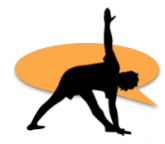 In twists watch out for over twisting through the upper spine, this could cause shearing through the thorax and increase tension through the sternum. Feel for softness through the ribs and a sense of springiness through them as your rotate. If the ribs feel hard and rigid then you have overworked the posture and you are now in a strain, not a stretch.
In twists watch out for over twisting through the upper spine, this could cause shearing through the thorax and increase tension through the sternum. Feel for softness through the ribs and a sense of springiness through them as your rotate. If the ribs feel hard and rigid then you have overworked the posture and you are now in a strain, not a stretch.
Inversions are g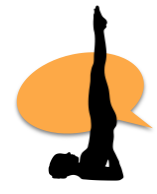 ood for helping drainage of the liver and potentially releasing some chronic tension between the attachments of the diaphragm and the liver.
ood for helping drainage of the liver and potentially releasing some chronic tension between the attachments of the diaphragm and the liver.
Try to feel for a sense of drainage from the left pelvic area and lower abdomen towards the centre of the chest as this is the route of the veinous supply from the colon and small intestines to the liver. Also feel for a a sense of softening and fluid flow from underneath the lower ribs and mid spine towards the heart as the veinous blood returns. It is important to try and keep an opening behind the clavicles or collar bones to help this fluid movement of the body also.
If you are still experiencing pain in the shoulder after modifying your practice and physical therapy then it would be worth taking a different approach.
The symptoms will only change if the specific nature of the problem changes.
If you keep doing the same thing and having the same problem then a part of the puzzle is being missed – it might be time to look a little deeper with someone experienced at addressing visceral and fascial movement as well as muscle and joint movement.
If this has been of interest please feel free to share this and if you would like to know more about how you can make effective changes to shoulder problems then there is a special
Shoulder anatomy workshop
Sunday January 18th 2015
At the Shala in West Norwood.
For booking follow this link: http://theshala.co.uk/workshop1.html
Many thanks for reading, I hope you found it helpful or insightful,
Graham Stones
Previous
The role of sports massage in dancers health – Dancing Times March 2014
